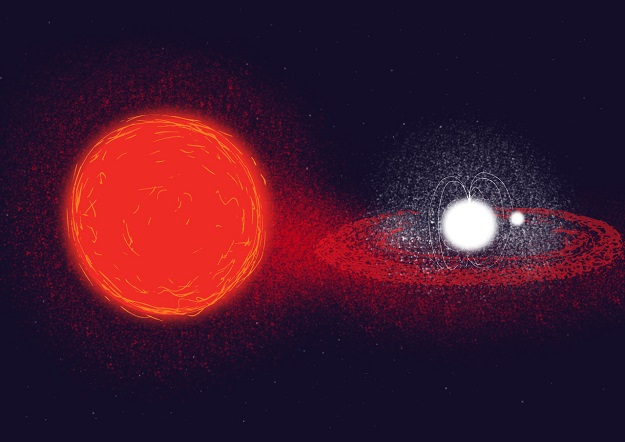29 Jul 2020 — The LIGO and Virgo collaborations report the most stringent constraints yet on the size of deformations on millisecond pulsars in a new paper submitted to the ArXiv. Based on our analysis, the strong gravity of these rapidly spinning neutron stars constrains such deformations to be no bigger than the width of a human hair. While we have not detected gravitational-waves from millisecond pulsars, we have for the first time probed possible gravitational-wave emission mechanisms for these stars, and shown that only very small deformations would be necessary to produce observable gravitational waves.
For more details, read the full summary of our paper.

